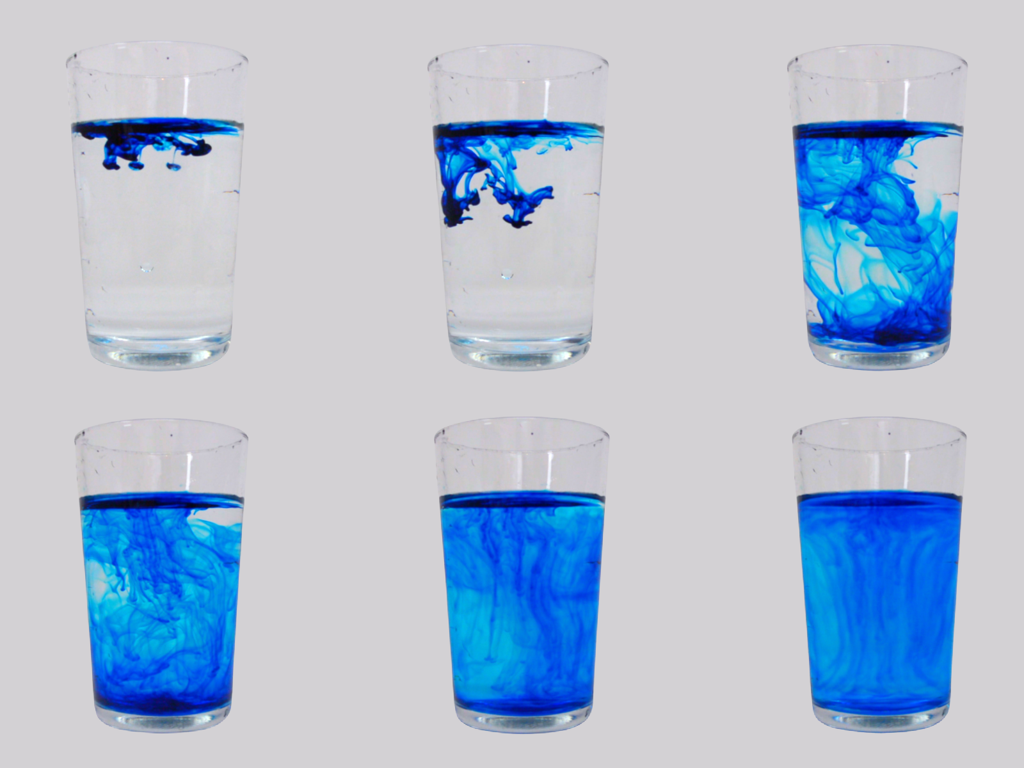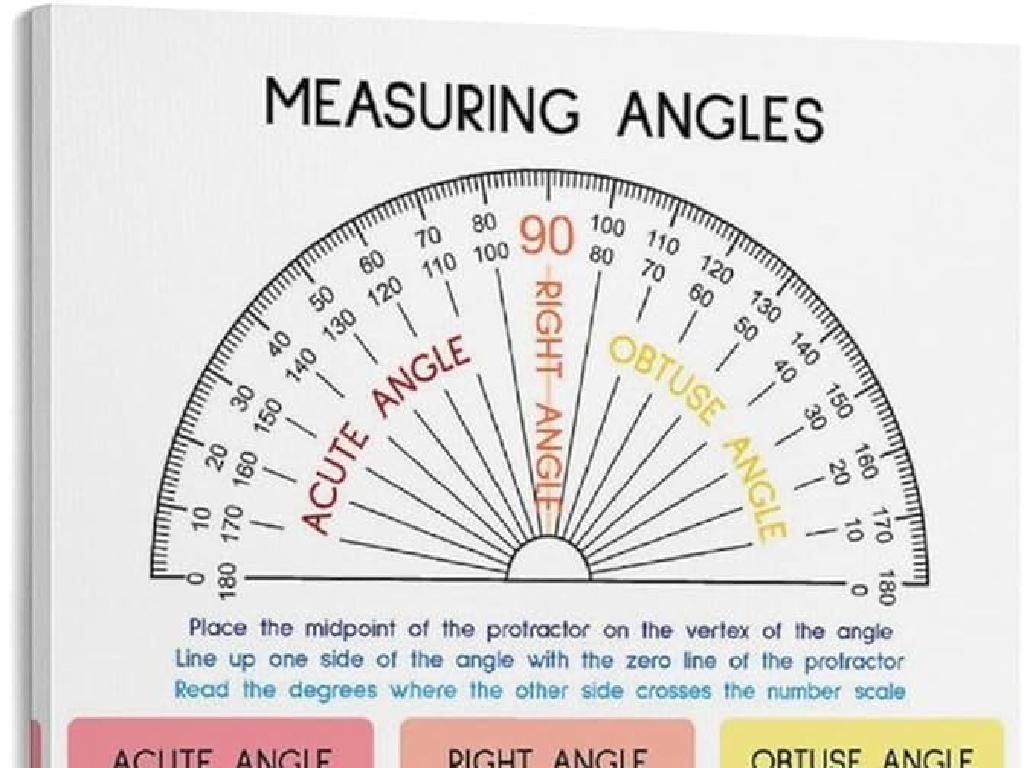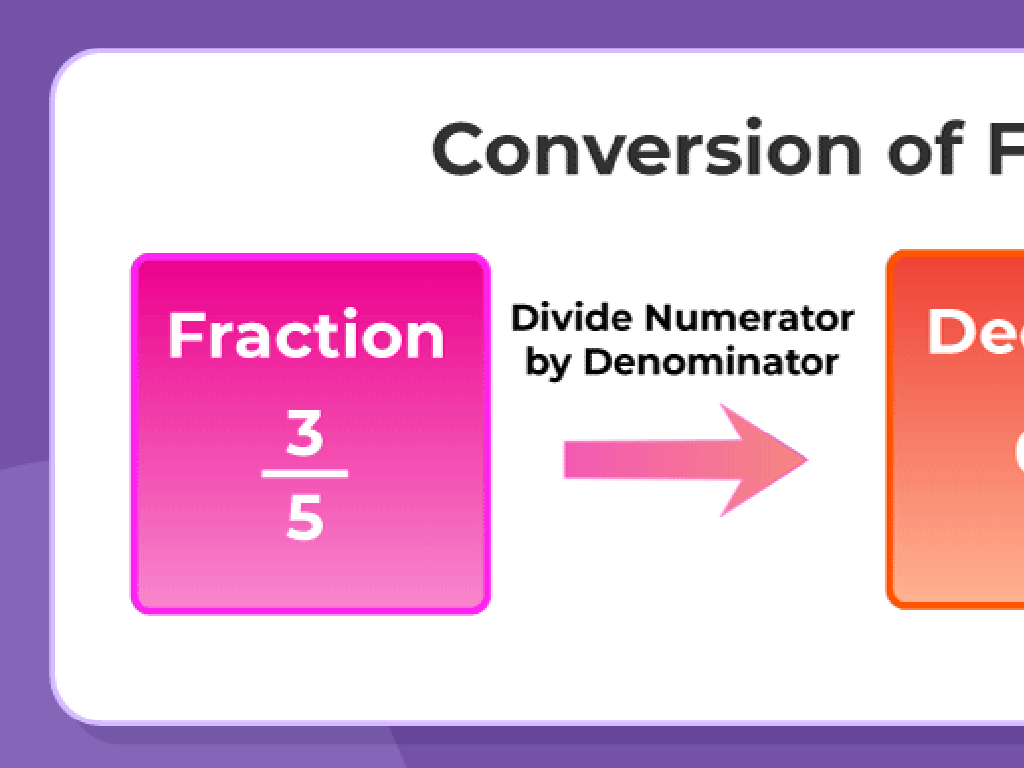Choose The Uppercase Letter That Matches: F, I, J, L, M, T, Y
Subject: Language arts
Grade: First grade
Topic: Lowercase And Uppercase Letters
Please LOG IN to download the presentation. Access is available to registered users only.
View More Content
Big and Small Letters Matching Game
– Learn about big & small letters
– Share letters you know
– For example, ‘a’ is small and ‘A’ is big
– Match uppercase to lowercase
– Find the big letter for ‘f’, ‘i’, ‘j’, ‘l’, ‘m’, ‘t’, ‘y’
– Fun game to test our skills
|
This slide introduces the concept of uppercase and lowercase letters to first graders. Start by explaining the difference between big (uppercase) and small (lowercase) letters. Engage the students by asking them to volunteer letters they already know. Then, explain that they will be playing a matching game where they will pair each lowercase letter with its corresponding uppercase counterpart. Provide examples of matching pairs like ‘A’ with ‘a’. The activity will help reinforce their understanding of the alphabet and the concept of letter cases. Prepare a set of letter cards for the game, ensuring that each student gets a turn to match the letters. Praise their efforts to build confidence.
Matching Big Letters!
– What are big letters?
– Big letters are also called uppercase letters.
– When do we use big letters?
– At the start of sentences and for names.
– Sing the ABC song with big letters!
– Let’s sing together and point to big letters.
– Activity: Match lowercase to uppercase!
– Find the big letters for: f, i, j, l, m, t, y.
|
This slide introduces first graders to the concept of uppercase letters, often referred to as big letters. Emphasize that these big letters are used at the beginning of sentences and for proper nouns, like names of people and places. Engage the class by singing the ABC song and pointing to the uppercase letters as you go. For the activity, provide students with a worksheet that has lowercase letters f, i, j, l, m, t, and y, and ask them to draw lines to the matching uppercase letters. This will help them recognize and learn the uppercase versions of these letters. Encourage them to practice writing both the lowercase and uppercase letters.
Matching Lowercase to Uppercase Letters
– What are lowercase letters?
– Small letters in the alphabet, like a, b, c
– When do we use lowercase?
– Used in most of our writing except for names and start of sentences
– Sing the ABC song together
– Practice the alphabet song with lowercase letters
– Match lowercase to uppercase
– Find the big letters that match: F, I, J, L, M, T, Y
|
This slide introduces first graders to the concept of lowercase letters, which are the smaller forms of the alphabet. Emphasize that lowercase letters are what we use most of the time in writing, except for special cases like the beginning of sentences and names. Engage the class by singing the ABC song, focusing on the lowercase letters. Then, transition to a matching activity where students will identify the uppercase counterparts of the given lowercase letters. This activity will help reinforce their understanding of the alphabet and the difference between uppercase and lowercase letters. Prepare flashcards with both uppercase and lowercase letters for the activity.
Matching Game: Big and Small Letters
– Every big letter has a small friend
– Match big letters to small letters
– Let’s find small ‘f’ for Big ‘F’
– Look for the little ‘f’ that looks like the big ‘F’
– Practice with other letters too
– Try matching ‘I’ with ‘i’, ‘J’ with ‘j’, and so on
|
This slide introduces the concept of uppercase and lowercase letter matching to first graders. Start by explaining that every uppercase letter, or ‘big’ letter, has a corresponding lowercase, or ‘small’ letter. Use the letter ‘F’ as the starting example and ask the students to find its ‘small friend’. Encourage the children to draw lines or use their fingers to match the big ‘F’ with the small ‘f’ on their activity sheets or on the board. Afterward, guide them to practice with other letters like ‘I’, ‘J’, ‘L’, ‘M’, ‘T’, and ‘Y’. This activity helps students recognize the relationship between uppercase and lowercase letters, an essential skill in reading and writing.
Practice Time: Matching Big F and Small f
– Recognize big F and small f
– Big F looks strong, small f is like a hook
– Draw a line to match them
– Use a pencil to connect big F to small f
– Practice matching other letters
– Use what you learned to match more letters
– Celebrate your matching skills!
|
This slide is for a classroom activity focused on letter recognition and matching uppercase to lowercase letters. Start by showing students the uppercase letter ‘F’ and its lowercase counterpart ‘f’. Explain the visual differences between the two. Then, instruct students to draw a line connecting the uppercase letter to the matching lowercase letter. After they’ve successfully matched ‘F’ and ‘f’, encourage them to apply the same concept to match other letters. Praise their efforts and progress to reinforce positive learning experiences. Prepare a worksheet with several uppercase and lowercase letters mixed up for the students to practice matching. Consider creating a fun matching game for the class to enjoy.
Matching Uppercase and Lowercase Letters
– Match big I with small i
– Find small j for big J
– Match L, M, T, and Y with their pairs
– Look for the same shapes and lines
– Practice makes perfect
– Keep practicing with different letters
|
This slide is designed to help first graders recognize and match uppercase letters with their lowercase counterparts. Start with the letter I and ask students to find the matching lowercase i. Continue this activity with the letters J, L, M, T, and Y. Encourage the students to look for similarities in the shapes and lines of the letters to aid in matching. For example, uppercase I and lowercase i both have vertical lines. Provide additional examples if needed and remind students that practice is key to mastering this skill. During the activity, walk around the classroom to assist and praise students for their efforts. Prepare a variety of letter matching worksheets for students to practice further.
Class Activity: Letter Hunt Adventure
– Let’s search for big letters
– Find objects starting with F, I, J, L, M, T, Y
– For example, ‘F’ for ‘Flag’, ‘I’ for ‘Ink’
– Draw or list your findings
– Match objects to uppercase letters
– Connect each object to its starting letter
|
This activity is designed to help students recognize and match uppercase letters with objects that begin with those letters. Encourage the children to look around the classroom and identify objects that start with the letters F, I, J, L, M, T, and Y. They can either draw a picture of the object or write the name of the object next to the corresponding uppercase letter on their activity sheet. This will help reinforce their understanding of the relationship between uppercase and lowercase letters and the sounds they represent. Possible variations of the activity could include a timed hunt, pairing students to work as a team, or even bringing objects from home that start with the given letters.
Show and Tell: Letter Hunt Adventure
– Share your letter hunt items
– Found something with big F?
– Maybe a toy Frog or a picture of a Fish?
– Discuss items for I, J, L, M, T, Y
– Items starting with uppercase I, J, L, M, T, Y
– Show your finds to the class!
|
This slide is for a class activity where students will share objects they found that start with the uppercase letters F, I, J, L, M, T, Y. Encourage each student to talk about their item and explain why they chose it. For example, a student might bring a toy Frog to represent the letter F. This activity helps students associate uppercase letters with familiar objects, reinforcing their understanding of the difference between uppercase and lowercase letters. Prepare to facilitate the discussion by asking questions and guiding students who may be shy or unsure about their items. Have a backup list of items for each letter to help any student who might not have found an item.
Great Work Today!
– Fantastic job learning letters!
– Practice big and small letters at home
– Match uppercase ‘F’ with lowercase ‘f’, and so on
– Get ready for more letter games
– We’ll have fun activities to help you learn
– Keep up the great work!
|
Today’s class was a success, and the students showed great enthusiasm in learning about uppercase and lowercase letters. Encourage them to continue practicing at home by matching each uppercase letter with its lowercase counterpart, focusing on the letters F, I, J, L, M, T, Y. Prepare for the next class by planning a series of engaging letter-matching games to reinforce their learning. These activities should be interactive and cater to different learning styles to ensure all students can participate and benefit. Remember to praise their efforts and progress to build their confidence in their abilities.






